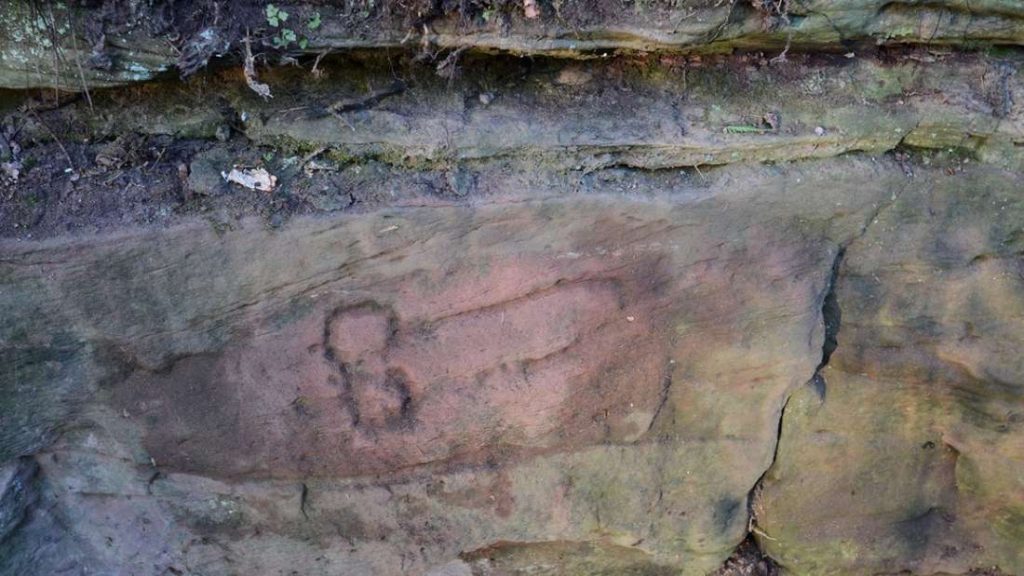Humanity has achieved a lot of the past 2,000 years. We’ve explored every continent, painted masterpieces, eradicated diseases, and even landed on the Moon.
But despite this sense of progress, most aspects of the human condition remain unchanged, most notably the desire to draw penises or constructing churches looking like phallus from above.

Earlier this year, archeologists discovered Roman graffiti near Hadrian’s Wall in the UK that depicts a phallus and testicles. The R-rated doodle was carved into the wall at a sandstone quarry in 207 CE by soldiers who were carrying out repair works at Hadrian’s Wall. Found in the north of present-day England, the wall marked the end of the province of Britannia to separate the Romans from “the barbarians” in the north.
It’s easy to assume the penis was drawn to be funny or provocative, but the phallus was actually a “good luck” symbol to the Romans. In fact, most towns under the Roman Empire were not strangers to rude graffiti, dirty jokes, and penis artworks.
“The Romans had a very different interpretation of the phallus to us. It was basically a sort of good luck symbol, or a charm to bring good fortune and it was fairly ubiquitous across ancient Rome,” explained Michael Collins, Historic England’s inspector of ancient monuments for Hadrian’s Wall

While this rude doodle is undoubtedly the show stealer, the archeologists from Historic England and Newcastle University also discovered a number of historically important carvings at the site. One inscription, which reads “APRO ET MAXIMO CONSVLIBVS OFICINA MERCATI,” refers to two consuls of the Roman Empire at the time. Another shows the face of a cartoon-like man’s face.
In order to document the graffiti for posterity, the team used scanning technology to create a three-dimensional digital model of the rock surface.

“These inscriptions are very vulnerable to further gradual decay. This is a great opportunity to record them as they are in 2019, using the best modern technology to safeguard the ability to study them into the future,” said Ian Haynes, professor of Archaeology at Newcastle University.
Sex and its symbols have always played a big role in our societies… Ancient, present and probably in the future, too.












